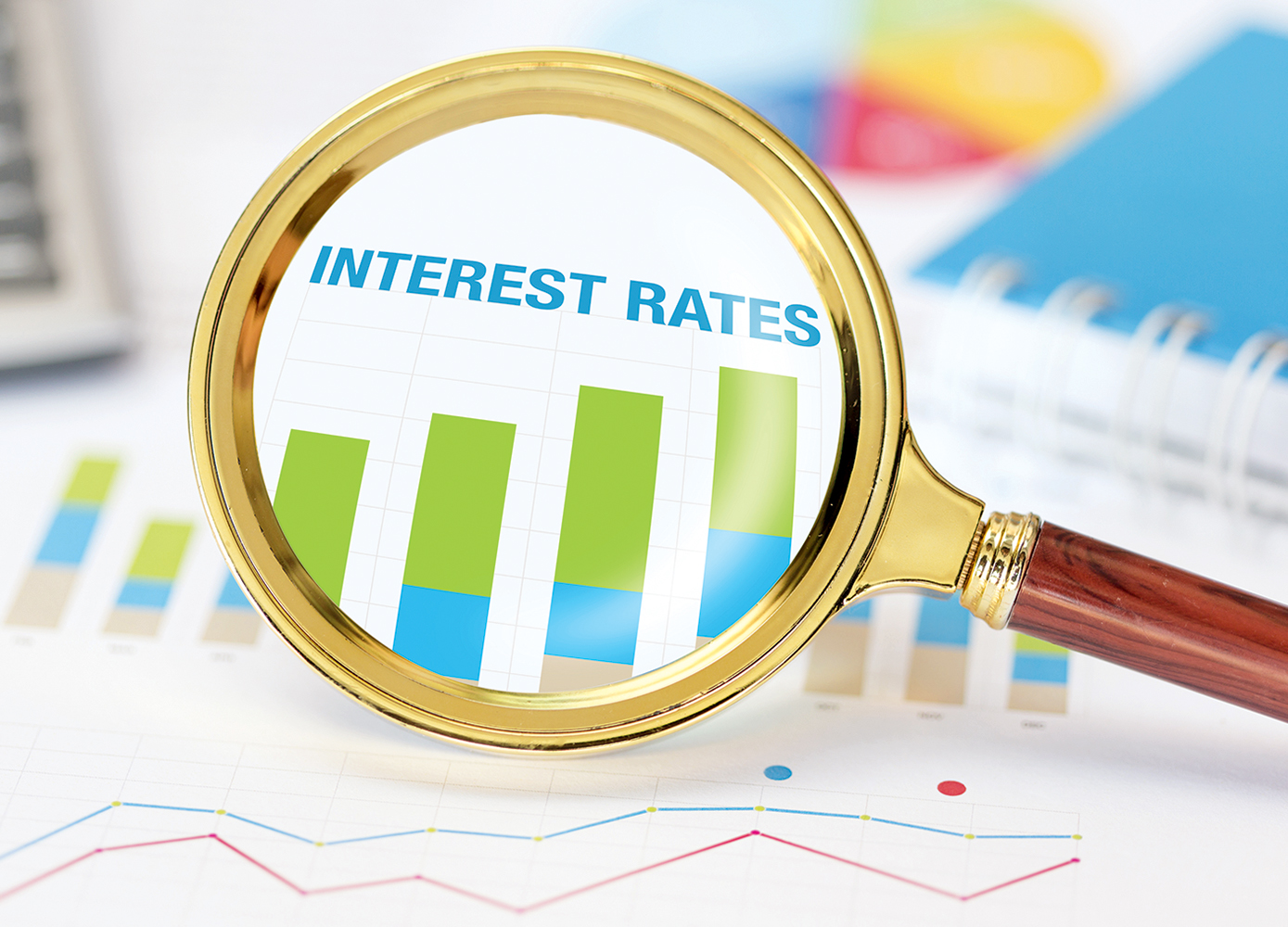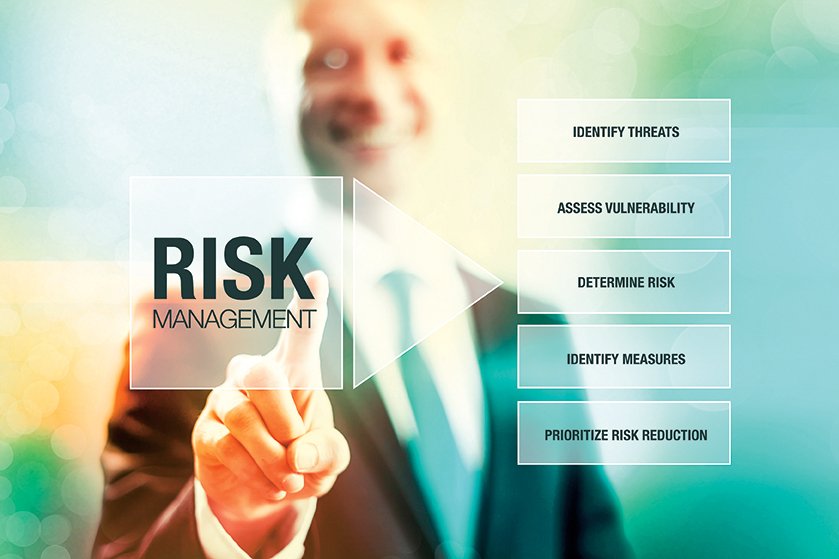You may need to rethink or reallocate your investments
By Olev Edur
Now that interest rates in Canada and the United States have been creeping upward for the first time in many years, it’s a good idea for retirees to take a close look at their investment portfolios and consider whether some changes might be in order. After all, higher interest rates could significantly change the existing relationship between equities and fixed-income investments, and the risk-reward equation upon which that relationship is based.
As interest rates rise, fixed-income investments generally become more attractive in relation to equity investments. At the same time, rising rates can have negative effects on some equities, especially in companies that are particularly sensitive to rate increases. Examples include companies with high debt levels and those dependent on the housing market (higher mortgage rates means fewer buyers and consequently lower house values).
“The change in interest-rate policies is reversing a seven-year trend of rates being flat or going downward,” says Kathryn Del Greco, vice-president and investment advisor at TD Wealth in Toronto, noting that the Bank of Canada changed its erstwhile laissez-faire tone just before announcing a 0.25 per cent increase in July 2017; it posted another hike in September on the basis of stronger growth and possibly of higher inflation and offered hints of more to come. “These increases are likely to continue being very moderate, so it’s not a big change,” Del Greco says, “but it can affect your investment decisions.”
Decisions, Decisions
So what choices might you consider in light of this changing reality? Where should you look for new opportunities?
“The most important thing is that you always need to allocate your investments properly and customize them to your needs,” Del Greco says. “The decisions you make should reflect your age, time horizons, and risk tolerance. What do you need your money to do? That determines how much you should have in fixed income and equity investments.
“Regardless of interest rates, you need to get the risk factor right,” Del Greco says. “Then you can make tactical adjustments to your core holdings. In structuring your retirement portfolio, it’s important to keep in mind the likelihood that you’ll be retired for 20 or 30 years, so you need to make wealth preservation a priority. But you also need growth to provide future income, so you need some exposure to equity investments.
“So for example, if you currently have 60 per cent fixed income and 40 per cent equity investments, and if interest rates rise, you could afford to reduce your fixed income holdings by as much as 10 per cent and increase your equities by 10 per cent to achieve higher growth,” Del Greco says. “You’re changing your tactical allocations based on where the opportunities lie.”
Randy Yozipovic, an investment advisor with CIBC Wood Gundy in Calgary, agrees that the first priority is to craft a strategy that meets your specific needs. “You have to make decisions based on the uniqueness of your personal situation,” he says. “For example, do you have a pension or do you need income from your investments to cover basic needs? If you don’t need the income, you can aim for higher growth through equities—as long as that’s in keeping with your risk tolerance.”
Photo: iStock/TonyIaniro.





